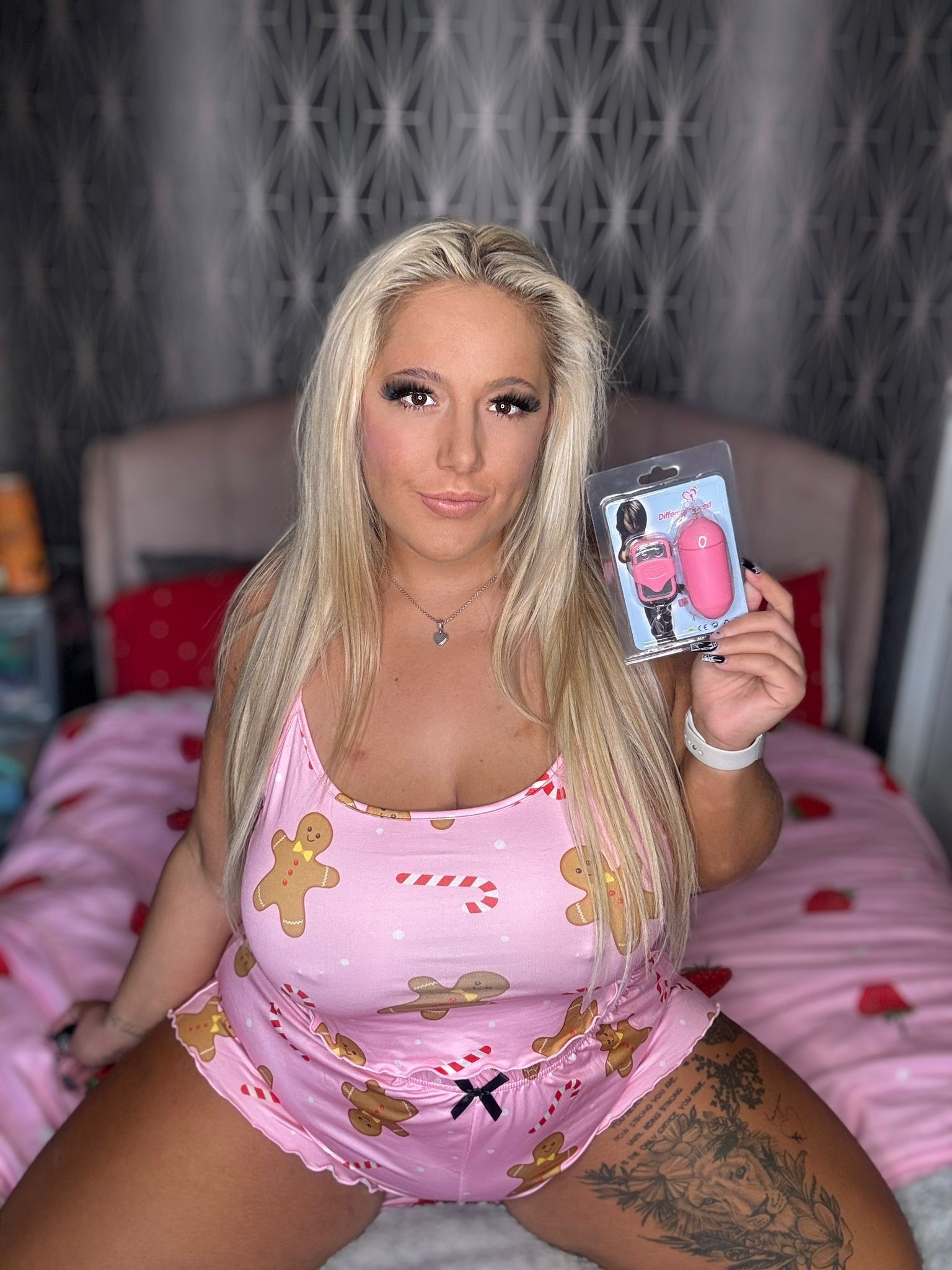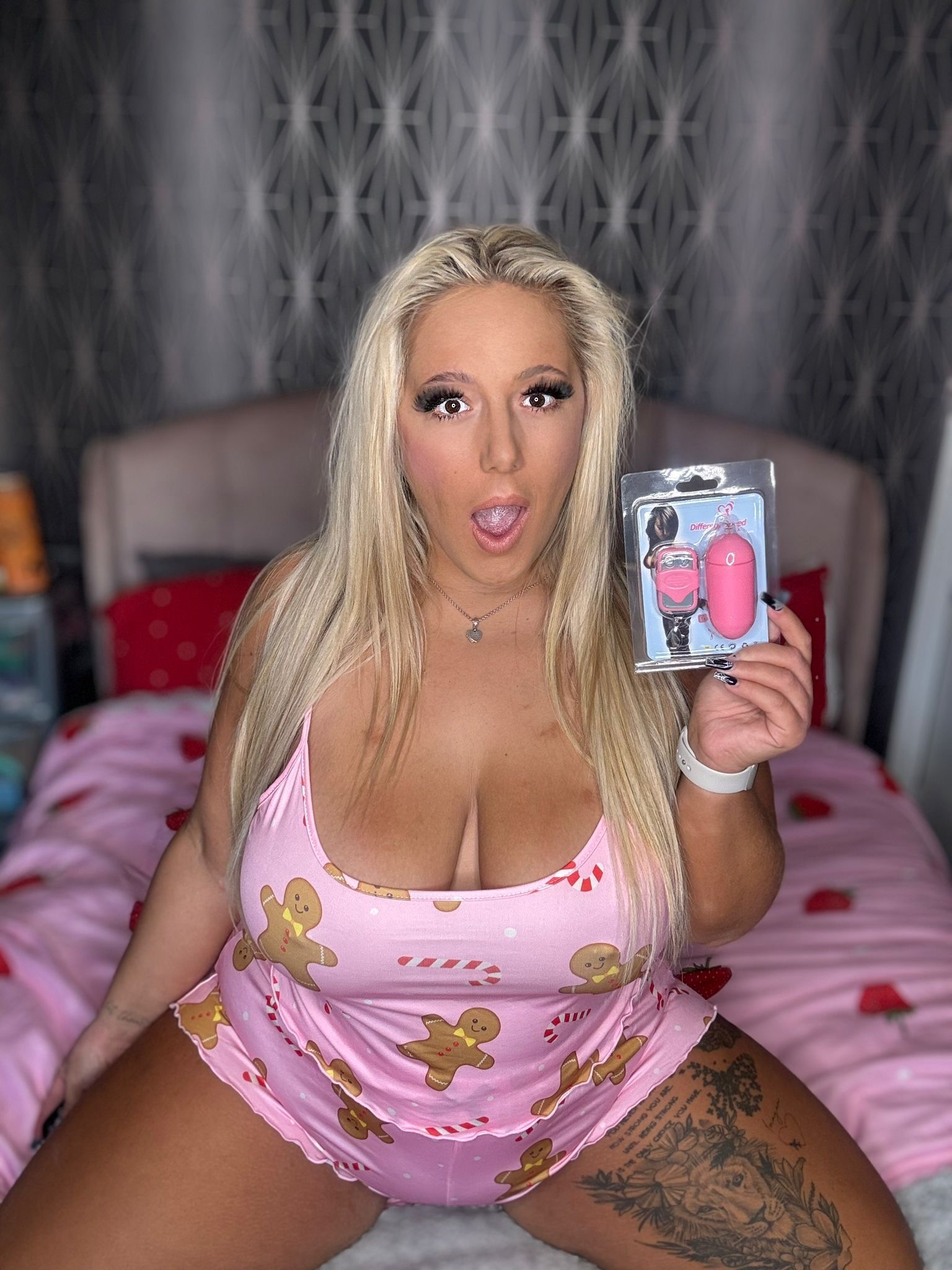Understanding Gender Fluidity
Understanding gender fluidity is crucial for fostering inclusive and accepting relationships. Gender fluidity encompasses the experience of someone whose gender identity shifts or evolves over time, encompassing a range of genders beyond the traditional binary of male and female. Embracing this spectrum of gender expression allows us to navigate love and relationships with greater sensitivity and understanding, recognizing that individuals may experience and express their gender in unique and evolving ways.
Defining Gender Fluidity
Gender fluidity is a term used to describe people whose gender identity is not fixed or static. Instead, it fluctuates and changes over time, sometimes even daily. Individuals who are gender fluid may identify as different genders at different times, or they may feel like their gender falls somewhere outside the traditional categories of male and female.
It’s important to remember that gender fluidity is distinct from transgender identities. While both involve a gender identity that differs from the sex assigned at birth, transgender individuals typically have a consistent and enduring sense of their gender identity, even if it doesn’t align with the sex they were assigned.
Understanding gender fluidity requires empathy and respect for individual experiences. It means recognizing that people’s gender expressions may change, and being willing to adapt and learn alongside them.
Key Characteristics of Gender Fluidity
Gender fluidity is a complex and evolving aspect of human experience that challenges traditional notions of gender identity. It is characterized by a sense of gender that is not fixed or static but rather fluid and changing over time.
- Individuals who identify as gender fluid may experience shifts in their gender identity, pronouns, and expression on a daily, weekly, or even yearly basis.
- Gender fluidity exists on a spectrum, and individuals may express their gender in diverse ways, embracing multiple genders or feeling like their gender falls outside the binary categories of male and female.
- It’s essential to approach conversations about gender fluidity with respect and sensitivity, recognizing that each person’s experience is unique and valid.
Differences from Other Gender Identities
Understanding gender fluidity is crucial for fostering inclusive and accepting relationships. Gender fluidity encompasses the experience of someone whose gender identity shifts or evolves over time, encompassing a range of genders beyond the traditional binary of male and female. Embracing this spectrum of gender expression allows us to navigate love and relationships with greater sensitivity and understanding, recognizing that individuals may experience and express their gender in unique and evolving ways.

Gender fluidity is a term used to describe people whose gender identity is not fixed or static. Instead, it fluctuates and changes over time, sometimes even daily. Individuals who are gender fluid may identify as different genders at different times, or they may feel like their gender falls somewhere outside the traditional categories of male and female.
It’s important to remember that gender fluidity is distinct from transgender identities. While both involve a gender identity that differs from the sex assigned at birth, transgender individuals typically have a consistent and enduring sense of their gender identity, even if it doesn’t align with the sex they were assigned.
Understanding gender fluidity requires empathy and respect for individual experiences. It means recognizing that people’s gender expressions may change, and being willing to adapt and learn alongside them.
Gender fluidity is a complex and evolving aspect of human experience that challenges traditional notions of gender identity. It is characterized by a sense of gender that is not fixed or static but rather fluid and changing over time.
- Individuals who identify as gender fluid may experience shifts in their gender identity, pronouns, and expression on a daily, weekly, or even yearly basis.
- Gender fluidity exists on a spectrum, and individuals may express their gender in diverse ways, embracing multiple genders or feeling like their gender falls outside the binary categories of male and female.
- It’s essential to approach conversations about gender fluidity with respect and sensitivity, recognizing that each person’s experience is unique and valid.
Navigating Relationships as a Genderfluid Person
Navigating relationships as a genderfluid person can present unique challenges and rewards. Understanding the complexities of gender fluidity is crucial for fostering healthy and fulfilling connections. Embracing the fluidity of gender identity requires open communication, empathy, and a willingness to learn and adapt.
Communicating Your Needs and Preferences
Open and honest communication is fundamental in any relationship, but it’s especially vital for those involving gender fluidity. Clearly expressing your needs and preferences regarding pronouns, names, and how you want to be addressed is essential. Let your partner know how they can best support you, including respecting any changes in your gender expression over time.
Be prepared for the possibility that your partner may need time to understand and adjust to your fluidity. Answer their questions with patience and kindness, explaining your experiences in a way that feels comfortable for you. Remember, it’s a learning process for both of you.
Don’t be afraid to revisit conversations about your needs as your gender identity evolves. What works today might need adjustment tomorrow. Regular check-ins can ensure both partners feel heard, respected, and supported throughout the relationship.
Finding Support and Community
Finding support and community is crucial for genderfluid individuals navigating the complexities of relationships. Connecting with others who understand your experiences can provide validation, acceptance, and practical advice.
Online forums, support groups, and social media communities dedicated to gender fluidity offer spaces to connect with like-minded individuals. Sharing stories, offering support, and learning from each other’s experiences can be invaluable.
Local LGBTQ+ organizations often host events and workshops specifically for genderfluid individuals. These gatherings provide opportunities to meet others in your area, build friendships, and access resources tailored to your needs.
Engaging with friends and family who are supportive and understanding can also be a source of strength. Openly discussing your experiences with loved ones who are willing to listen and learn can foster empathy and create a more inclusive environment.
Dating and Intimacy
Navigating relationships as a genderfluid person can present unique challenges and rewards. Understanding the complexities of gender fluidity is crucial for fostering healthy and fulfilling connections. Embracing the fluidity of gender identity requires open communication, empathy, and a willingness to learn and adapt.
Open and honest communication is fundamental in any relationship, but it’s especially vital for those involving gender fluidity. Clearly expressing your needs and preferences regarding pronouns, names, and how you want to be addressed is essential. Let your partner know how they can best support you, including respecting any changes in your gender expression over time.
Be prepared for the possibility that your partner may need time to understand and adjust to your fluidity. Answer their questions with patience and kindness, explaining your experiences in a way that feels comfortable for you. Remember, it’s a learning process for both of you.
Don’t be afraid to revisit conversations about your needs as your gender identity evolves. What works today might need adjustment tomorrow. Regular check-ins can ensure both partners feel heard, respected, and supported throughout the relationship.
Finding support and community is crucial for genderfluid individuals navigating the complexities of relationships. Connecting with others who understand your experiences can provide validation, acceptance, and practical advice.
- Online forums, support groups, and social media communities dedicated to gender fluidity offer spaces to connect with like-minded individuals. Sharing stories, offering support, and learning from each other’s experiences can be invaluable.
- Local LGBTQ+ organizations often host events and workshops specifically for genderfluid individuals. These gatherings provide opportunities to meet others in your area, build friendships, and access resources tailored to your needs.
- Engaging with friends and family who are supportive and understanding can also be a source of strength. Openly discussing your experiences with loved ones who are willing to listen and learn can foster empathy and create a more inclusive environment.
Creating Inclusive and Respectful Relationships
Embracing gender fluidity in relationships means acknowledging that individuals may experience their gender identity in dynamic and evolving ways. It requires open communication, empathy, and a willingness to understand and respect the unique experiences of those who identify as gender fluid.
Respecting Pronouns and Names
Creating inclusive and respectful relationships starts with understanding and respecting someone’s pronouns and chosen names. Pronouns are words used to refer to a person, and they can reflect someone’s gender identity. It’s important to use the pronouns that a person identifies with, as using incorrect pronouns can be deeply hurtful and invalidating.
When meeting someone new, it’s always polite to ask about their pronouns. You can say something like, “What pronouns do you use?” or “How would you like me to address you?”. Listen attentively to their response and make a conscious effort to use the pronouns they share.
If you make a mistake, apologize sincerely and correct yourself. It’s okay to make mistakes, as long as you are willing to learn and do better in the future. Remember, using the correct pronouns is a sign of respect and shows that you value someone for who they truly are.
Challenging Gender Norms
Creating inclusive and respectful relationships starts with understanding and respecting someone’s pronouns and chosen names. Pronouns are words used to refer to a person, and they can reflect someone’s gender identity. It’s important to use the pronouns that a person identifies with, as using incorrect pronouns can be deeply hurtful and invalidating.
When meeting someone new, it’s always polite to ask about their pronouns. You can say something like, “What pronouns do you use?” or “How would you like me to address you?”. Listen attentively to their response and make a conscious effort to use the pronouns they share.
If you make a mistake, apologize sincerely and correct yourself. It’s okay to make mistakes, as long as you are willing to learn and do better in the future. Remember, using the correct pronouns is a sign of respect and shows that you value someone for who they truly are.
Challenging gender norms involves recognizing that traditional ideas about masculinity and femininity are often restrictive and limiting. It means embracing a wider range of gender expressions and identities, allowing individuals to define themselves on their own terms.
One way to challenge gender norms is by encouraging diverse representation in media, literature, and popular culture. Seeing people of different genders expressed authentically can help break down stereotypes and create a more inclusive society.
Another important step is advocating for policies and laws that protect the rights of all individuals, regardless of their gender identity or expression. This includes things like access to healthcare, employment opportunities, and legal recognition.
Cultivating Open Communication
Navigating relationships as a genderfluid person can present unique challenges and rewards. Understanding the complexities of gender fluidity is crucial for fostering healthy and fulfilling connections. Embracing the fluidity of gender identity requires open communication, empathy, and a willingness to learn and adapt.
Open and honest communication is fundamental in any relationship, but it’s especially vital for those involving gender fluidity. Clearly expressing your needs and preferences regarding pronouns, names, and how you want to be addressed is essential. Let your partner know how they can best support you, including respecting any changes in your gender expression over time.

Be prepared for the possibility that your partner may need time to understand and adjust to your fluidity. Answer their questions with patience and kindness, explaining your experiences in a way that feels comfortable for you. Remember, it’s a learning process for both of you.
Don’t be afraid to revisit conversations about your needs as your gender identity evolves. What works today might need adjustment tomorrow. Regular check-ins can ensure both partners feel heard, respected, and supported throughout the relationship.
Finding support and community is crucial for genderfluid individuals navigating the complexities of relationships. Connecting with others who understand your experiences can provide validation, acceptance, and practical advice.
- Online forums, support groups, and social media communities dedicated to gender fluidity offer spaces to connect with like-minded individuals. Sharing stories, offering support, and learning from each other’s experiences can be invaluable.
- Local LGBTQ+ organizations often host events and workshops specifically for genderfluid individuals. These gatherings provide opportunities to meet others in your area, build friendships, and access resources tailored to your needs.
- Engaging with friends and family who are supportive and understanding can also be a source of strength. Openly discussing your experiences with loved ones who are willing to listen and learn can foster empathy and create a more inclusive environment.
Embracing gender fluidity in relationships means acknowledging that individuals may experience their gender identity in dynamic and evolving ways. It requires open communication, empathy, and a willingness to understand and respect the unique experiences of those who identify as gender fluid.
Creating inclusive and respectful relationships starts with understanding and respecting someone’s pronouns and chosen names. Pronouns are words used to refer to a person, and they can reflect someone’s gender identity. It’s important to use the pronouns that a person identifies with, as using incorrect pronouns can be deeply hurtful and invalidating.
When meeting someone new, it’s always polite to ask about their pronouns. You can say something like, “What pronouns do you use?” or “How would you like me to address you?”. Listen attentively to their response and make a conscious effort to use the pronouns they share.
If you make a mistake, apologize sincerely and correct yourself. It’s okay to make mistakes, as long as you are willing to learn and do better in the future. Remember, using the correct pronouns is a sign of respect and shows that you value someone for who they truly are.
Creating inclusive and respectful relationships starts with understanding and respecting someone’s pronouns and chosen names. Pronouns are words used to refer to a person, and they can reflect someone’s gender identity. It’s important to use the pronouns that a person identifies with, as using incorrect pronouns can be deeply hurtful and invalidating.

When meeting someone new, it’s always polite to ask about their pronouns. You can say something like, “What pronouns do you use?” or “How would you like me to address you?”. Listen attentively to their response and make a conscious effort to use the pronouns they share.
If you make a mistake, apologize sincerely and correct yourself. It’s okay to make mistakes, as long as you are willing to learn and do better in the future. Remember, using the correct pronouns is a sign of respect and shows that you value someone for who they truly are.
Challenging gender norms involves recognizing that traditional ideas about masculinity and femininity are often restrictive and limiting. It means embracing a wider range of gender expressions and identities, allowing individuals to define themselves on their own terms.
One way to challenge gender norms is by encouraging diverse representation in media, literature, and popular culture. Seeing people of different genders expressed authentically can help break down stereotypes and create a more inclusive society.
Another important step is advocating for policies and laws that protect the rights of all individuals, regardless of their gender identity or expression. This includes things like access to healthcare, employment opportunities, and legal recognition.
Embracing Authenticity and Self-Acceptance
Embracing authenticity and self-acceptance is a journey of discovering who you truly are and living in alignment with your values and beliefs. It’s about recognizing your inherent worth and celebrating the unique qualities that make you, you.
This journey starts with self-reflection and introspection. Take time to explore your thoughts, feelings, and experiences. What brings you joy? What are your passions? What values are most important to you?
Be honest with yourself about your desires, needs, and boundaries. Don’t be afraid to challenge societal expectations or internalized beliefs that may hold you back from being your authentic self. Remember, there is no right or wrong way to live, and what matters most is that you feel true to yourself.
It takes courage to embrace authenticity, especially in a world where conformity can feel like the norm. But the rewards are immense. Living authentically allows you to:
* **Cultivate deeper self-awareness:** By understanding your values, beliefs, and motivations, you gain a clearer understanding of who you are.
* **Build stronger relationships:** Authentic connections are built on honesty and vulnerability. Sharing your true self with others fosters deeper intimacy and trust.
* **Increase self-confidence:** When you live in alignment with your authentic self, you feel more confident and empowered.
* **Live a more fulfilling life:** Pursuing your passions and living in accordance with your values leads to greater happiness and fulfillment.
Embracing authenticity is an ongoing process, not a destination. Be patient with yourself, allow yourself to evolve, and celebrate your growth along the way.
Remember, you are worthy of love, acceptance, and belonging just as you are. Embrace your unique qualities and live a life that is true to yourself.
tulip sex position
Explore every detail discussed
Explore the full version now
- Why Gen Z Loves Weed Beverages - November 11, 2025
- What Is The Downtime For Jawline Fillers? - November 10, 2025
- What Are The Best CBD Infused Gummies For Overall Wellness - November 9, 2025
